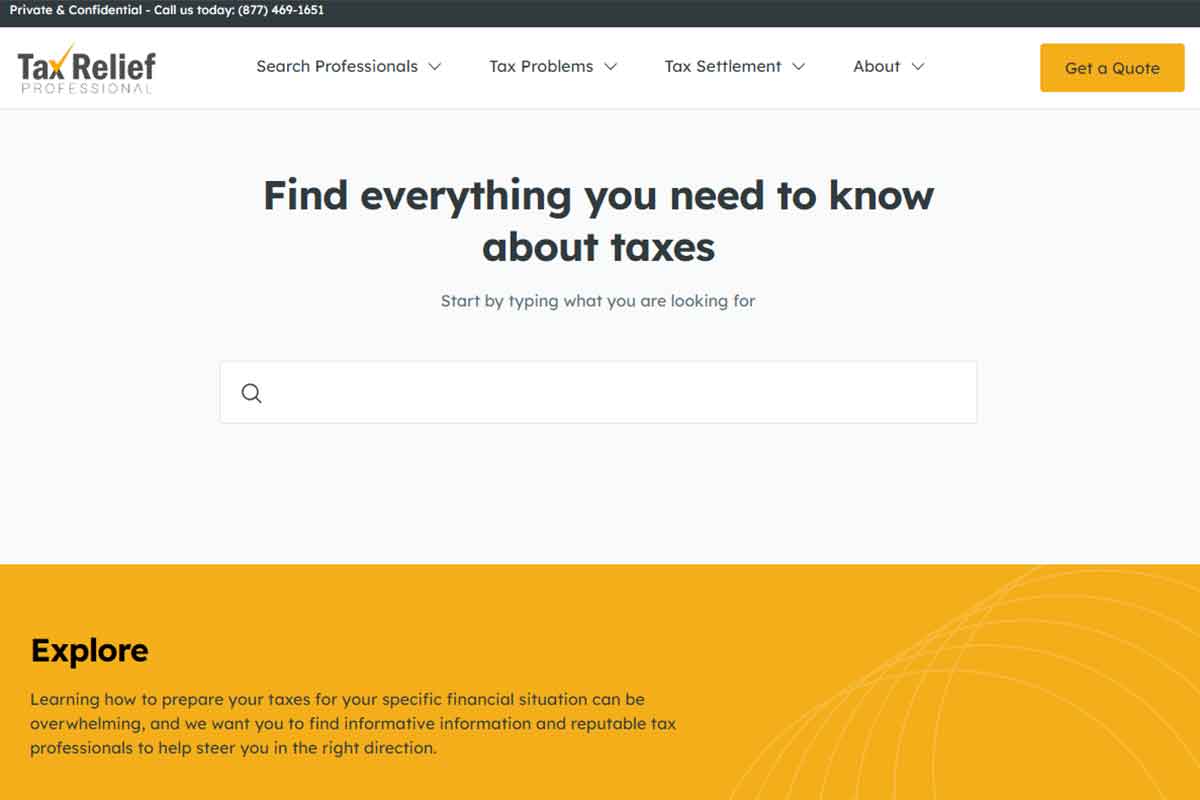What to Do If the IRS Catches an Issue with Your Taxes


written by Clinton F Wassor

reviewed by David J. Allen
If you managed to get your taxes in on time, you’re one step ahead of the 7 million Americans who fail to file their taxes at all. While you may have made every effort to cross every “t” and dot every “i”, the IRS might catch an issue and reach out. If you have to file an amended tax return, you could easily start to get worried.
Thankfully, it’s not hard to amend your return. There’s already a form for it that comes with comprehensive instructions that should make the process pretty straightforward. However, if you made mistakes the first time, it’s understandable that you might fear that you may be repeating your errors.
If you’re stuck having to file an amended tax return and don’t know what to do, make sure you carve out some time in your schedule to focus. Follow these 9 steps and the process should go swimmingly.
1. You’ll Have To Mail It
While you might have loved the ease of e-filing your tax return the first time, you won’t be able to enjoy the same simplicity the next time around. When you file Form 1040X, your amended Individual Income Tax Return, you’ll need to head to the post office. The IRS wants to see the form in pen and ink.
Every 1040X you can find online or in a tax office should come with instructions attached. Otherwise, you can use the IRS’s own instructions to guide you through the form. Those instructions have everything you need to know about each section in the form as well as where to send it when you’re done.
2. Use 1040X For Corrections
If you know that you made a mistake in advance of being contacted by the IRS, you still need to use the 1040X. With the 1040X you can amend any credits or deductions that are missing on your original form. If you forgot to write something off, it’s not too late to make it known to the IRS.
Many people write off business losses, major donations, or assets handed over. In the span of a year, it can be easy to forget even something big. Hold onto your receipts and all of your paperwork until you’re sure you don’t need it.
3. Know When You Don’t Need To Amend
Don’t freak out if you made a simple math or arithmetic error. They’re pretty common among people who don’t do taxes for a living. When the IRS gets your tax return form, they’ll do the math one more time.
If they find a mistake, they’ll send you a letter or ask for any additional documentation. If you subtracted a loss and didn’t account for it, they might need to see receipts or bank statements that back up what you’ve done or where you’ve been. Until that time, don’t stress about it.

4. Health Insurance Hiccups
It’s possible that your 1095-A, the form from your health insurance marketplace, contained incorrect information. When this happens, the marketplace sends out a second form to replace the first one.
If you notice any major discrepancies, you might find you have to account for this in your amended tax return. A Form 1040X will be necessary in this case and can cause your return to have a different outcome.
5. You Have Three Years
If your original filing date was less than three years ago, you still have time to fill out and send in Form 1040X to respond to an audit. Keep a record of when your filing date was so that you can keep track of how much time you have to file an amendment.
If you’ve already paid part of your taxes owed, you have two years from the date of when you paid your taxes. The later date prevails in this case.
More detail can be found in the 1040X instructions.
6. You Can’t Double Up
If you’ve been counting one of your assets incorrectly or making an incorrect report for several years, you can’t just file one form to fix it all. You’ll need to file several different forms.
Separate each amended tax return out into separate envelopes. They need to be mailed individually.
7. Attach Everything
If you’ve used any forms or schedules that come officially from the IRS, you need to include them. Should those forms or schedules have any impact on your original return, the IRS will want to see them.
Attach anything you have to your Form 1040X when you send it in.
8. Refunds Can Be Corrected, With Patience
If you’re expecting a refund that you know will be incorrect in one way or another, wait until you’ve received it before taking any action. Amending your return while your refund is still being processed could cause disruptions or even duplicate refunds.
While this may sound fun, in theory, remember that you’re dealing with the IRS. If they make a mistake, they’re going to be sure to ask for that extra money back. They might even charge a penalty for disobeying directions.
9. Pay What You Owe
If you know that you owe more than you sent, just send in your 1040X with the amount of the corrections in a check. This will keep you from incurring penalties and gathering interest. Try a direct payment option to pay everything off if you have trouble remembering your deadlines.
An Amended Tax Return Takes Some Planning
While it can be a pretty straightforward process, filing an amended tax return trips people up from time to time. If you’ve managed to address all of the common mistakes and issues listed above, your amended tax return should be accepted quickly.
If you’re looking for more ways to streamline the tax process for your small business, contact us today for tips.










